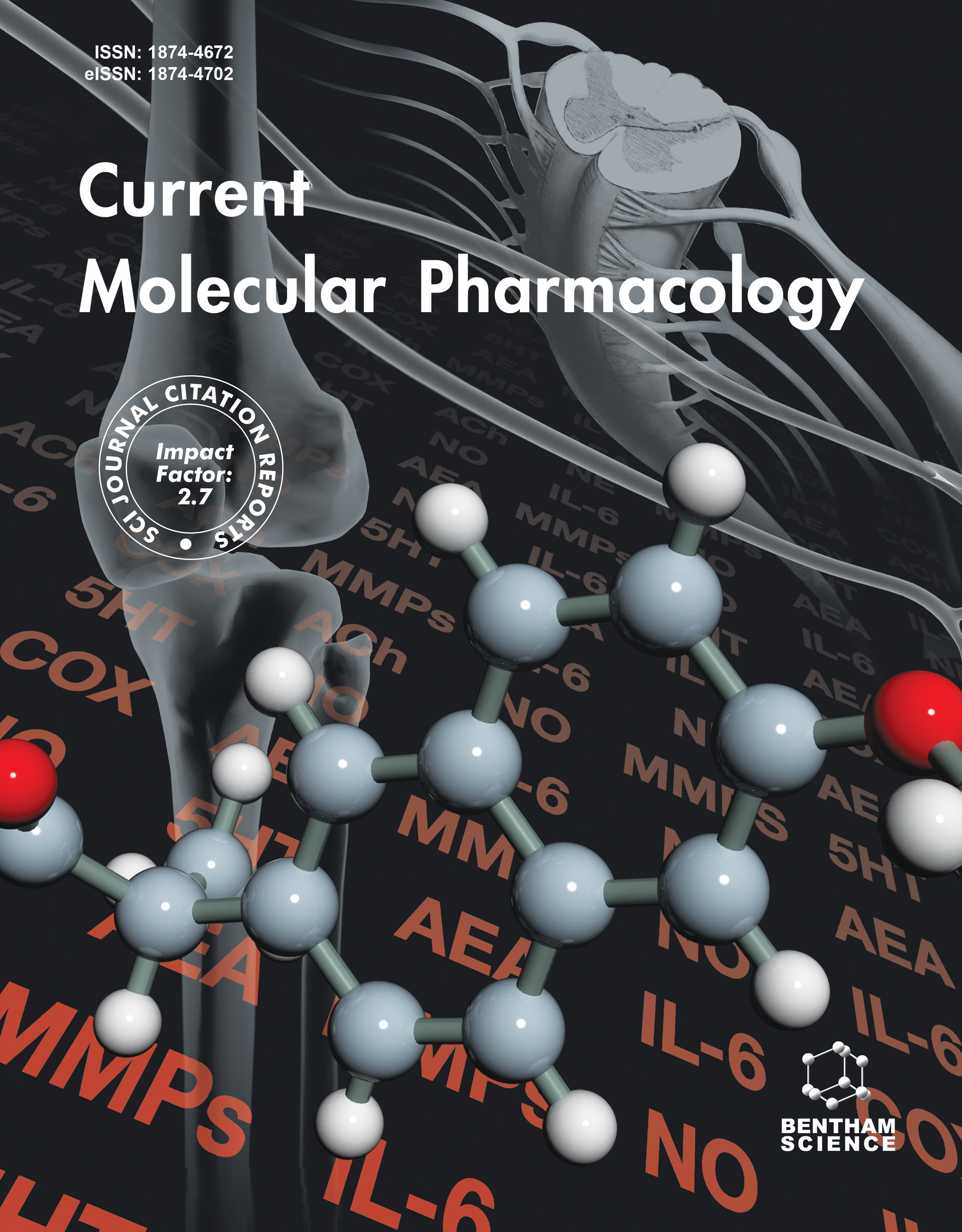-
oa Adipose Tissue Dysfunction Following Trauma and Hypoxia Increases the Risk of Post-Surgical Adhesion: Potential for Therapeutic Interventions
- Source: Current Molecular Pharmacology, Volume 2, Issue 1, Jan 2009, e18761429308567
-
- 05 Feb 2024
- 26 Jun 2024
- 01 Jan 2024
- Previous Article
- Table of Contents
- Next Article
Abstract
Post-surgical adhesion is a medical challenge, especially following abdominal and pelvic surgeries. This refers to the formation of fibrotic scars that form from connective tissue in the gynecological tract or abdominal cavity. Dysfunctional Adipose Tissue (AT) by surgical injuries and hypoxia increases the risk of post-surgical adhesion through different molecular mechanisms. Damage-Associated Molecular Patterns (DAMPs) and Hypoxia-induced factor 1 alpha (HIF-1α) produced during surgery trauma and hypoxia induce AT dysfunction to promote inflammation, oxidative stress, metabolic alterations, and profibrotic pathways, which contribute to post-surgical adhesions. HIF-1α and DAMPs can be considered therapeutic targets to prevent AT dysfunction and diminish the formation of adhesions in obese patients undergoing abdominal or pelvic surgeries.



